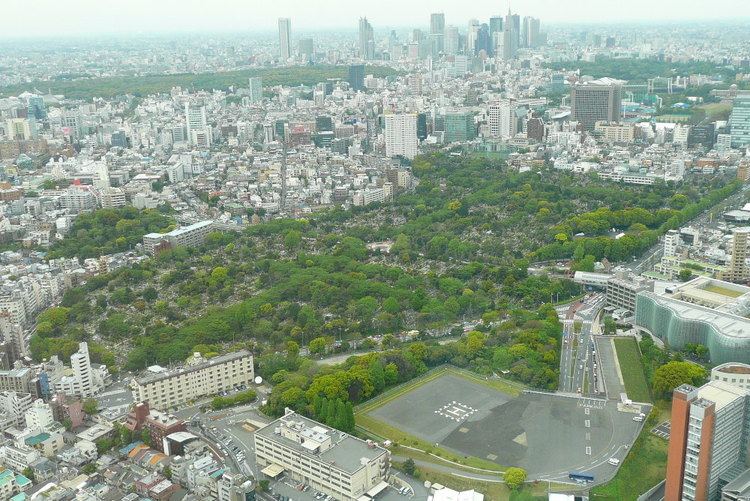Phone +81 3-3401-3652 | ||
 | ||
Similar Zōshigaya Cemetery, The National Art Cente, Nezu Museum, Shiba Park, Nogizaka Station | ||
Tokyo aoyama cemetery 4k ultra hd
Aoyama Cemetery (青山霊園, Aoyama reien) is a cemetery in Aoyama, Minato, Tokyo, Japan, managed by the Tokyo Metropolitan Government. The cemetery is also famous for its cherry blossoms, and at the season of hanami, many people visit.
Contents
- Tokyo aoyama cemetery 4k ultra hd
- Seeking serenity ix tokyo aoyama cemetery
- History
- Japanese Section
- Foreign Section
- Hachikos Grave
- Tateyama Branch
- References
Seeking serenity ix tokyo aoyama cemetery
History
The cemetery was originally the land of the Aoyama family of the Gujō clan (now Gujō, Gifu) in the province of Mino (now Gifu). This is Japan's first public cemetery, and in the Meiji era the main locations of Foreigners' graves.
The cemetery has an area of 263,564 m2.
Japanese Section
The Japanese section includes the graves of many notable Japanese, including:
Foreign Section
The cemetery includes a gaikokujin bochi (foreign cemetery), one of the few such plots in Tokyo. Many of the graves are of foreign experts who came to Japan at the end of the 19th century, as part of the Meiji Government's drive for modernisation. Although some of the graves were threatened with removal in 2005 due to unpaid annual fees, the Foreign Section was awarded special protection in 2007. A plaque on the site recognises the men and women who contributed to Japan's modernization.
Some of the noted foreigners buried within the cemetery:
Hachiko's Grave
One of the cemetery's most famous graves is that of Hachikō, the faithful and dutiful dog whose statue adorns Shibuya Station.
Tateyama Branch
The cemetery also has a Tateyama branch, where Nagata Tetsuzan, Kimura Heitarō, and Sagara Sōzō are buried.
